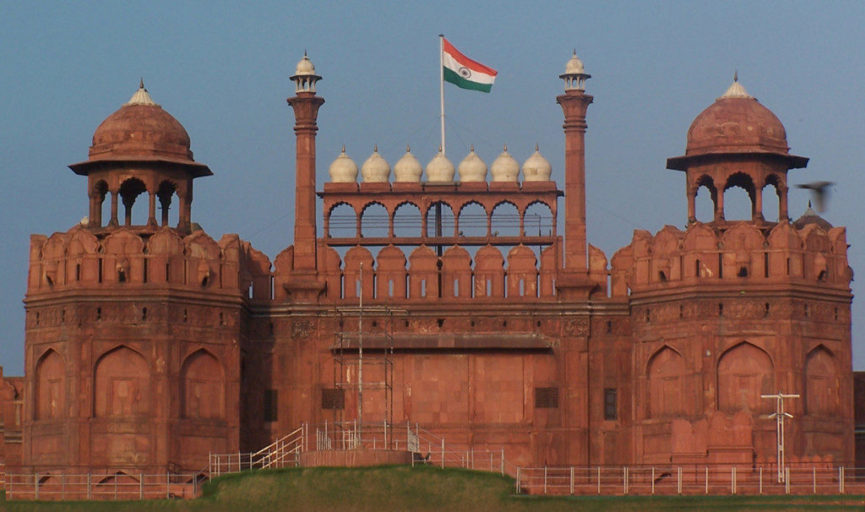Mandwa is a town in shekhawati rajasthan which is nearby Delhi. Mandawa is famous tourist spot in rajasthan. The old town havelies, paintings are the popular attractions of mandawa. And Delhi the capital city of india is also known for its historical monuments. Below are some detailed information about delhi and mandawa.
Delhi :-
Old Delhi and New Delhi are the two parts of this city. It has everything from monuments, parks, shopping and delicious delicacies. The Major Attraction Of city are Akshardham Temple, Lotous Temple, The Red Fort, India gate, Qutub Minar and much more .Akshardham temple represents the architectural essence of India’s rich history, culture and tradition. Well-connected by the metro route of Delhi this is a must see destination in the capital city of the country. Lotus Temple is one of the most iconic structures in India and a must see sight for any traveler worth his buck. The Red Fort Built in 1638 by Mughal Emperor Shahjahan, this is a World Heritage site located in Delhi. Red Fort was the home to most Mughal Emperors of the dynasty for up to almost 200 years, and is situated right in the centre of Delhi. Qutub Minar The tallest minar in the country, this is yet another World Heritage site that you must check off from your list of must-see spots in the Golden Triangle trip. India Gate Not to be confused with the similarly named, Gateway of India located in Mumbai. This is a War memorial structure in Delhi and a landmark of patriotic history for Indians.

Mandawa :-
In the heart of the Shekhawati region of Rajasthan lies the beautiful small town Mandawa, known throughout the state for its forts and havelis. The structure of this place reminds one of the cultural and social hotspot this place used to be in the bygone era. Mandawa is a small town in northern Rajasthan. It is in the Shekhawati Region and is a fort town. Established during the 17th and 18th century, this town is very popular places to shoot movies so don’t be surprised to see some famous actors and actresses during your visit to this beautiful town. The town is dotted with numerous havelis and is said to be an open art gallery due to the number of beautifully decorated havelis. Mandawa is a popular spot for tourists, but you are still sure to be able to visit the town’s attraction in peace.
visit our website for more information about other places of rajasthan and india. also we organise all over rajasthan india tour packages.
Rajasthan Luxury Tour Packages
Rajasthan New Year Tour Packages
Winter Holidays Tours Packages
Rajasthan Tourism
